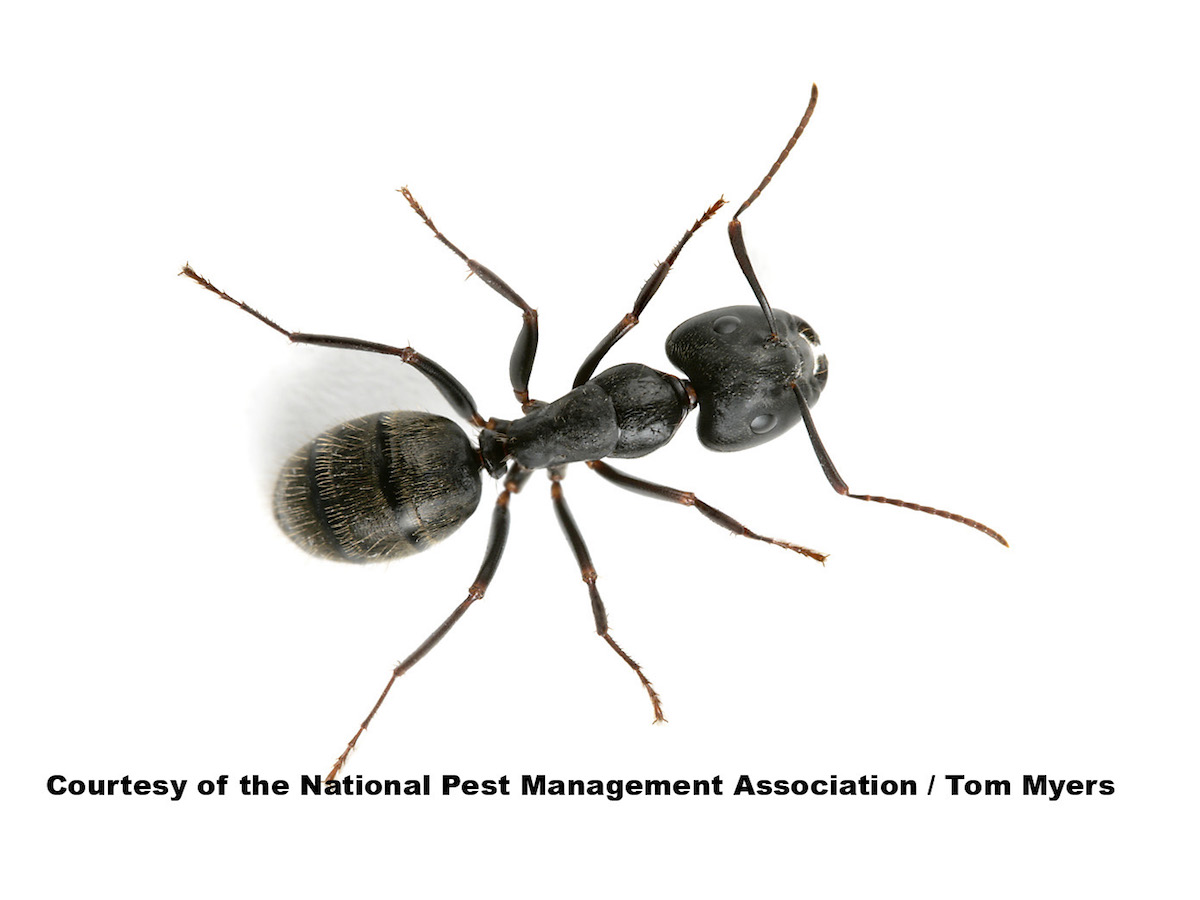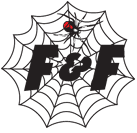 Did you know that there are more than 700 species of ants in the United States? In fact, ants are the number one nuisance pest in the country. Fortunately, most common ant species – like odorous house ants, pavement ants and Argentine ants – pose little threat beyond the annoyance of an infestation, but some ant species – like carpenter ants – can pose serious threats.
Did you know that there are more than 700 species of ants in the United States? In fact, ants are the number one nuisance pest in the country. Fortunately, most common ant species – like odorous house ants, pavement ants and Argentine ants – pose little threat beyond the annoyance of an infestation, but some ant species – like carpenter ants – can pose serious threats.
Of all the ant species, carpenter ants are one of the most problematic. They can cause serious property damage to homes and other buildings. Carpenter ants get their name because they excavate wood in order to build their nests. Their excavation results in smooth tunnels inside the wood. Much like termites and other wood destroying insects, this excavation can compromise the structural soundness of the wood over time.
There are nine types of carpenter ants in the U.S. These pests are most commonly found in cool, damp climates in the northern regions of the country.
Carpenter ants build their nests in various wood sources, including tree stumps, fence posts, firewood or landscaping. They prefer to attack wood that has been wet or damaged as a result of leaks. Indoors, this means they are often found in damaged window and doorframes, crawlspaces under roofs, chimneys, sinks and bathtubs.
A mature carpenter ant colony can contain more than 10,000 workers. In large colonies, it is not uncommon to have multiple nests inside structures as well as outdoors. Carpenter ants usually gain access to buildings through cracks around doors and windows, holes for wires, or straight through wet, damaged wood. They will also crawl along overhead wires, shrubs, or tree limbs that touch the building far above the ground. Although carpenter ants first invade wet, decayed wood, they may eventually build paths through dry, undamaged wood, too.
F&F offers many years of experience in eliminating Carpenter Ant infestations. Our professional service people can help you protect your home from this bothersome pest. Contact us today for more information on how F&F can solve your Carpenter Ant problems.
